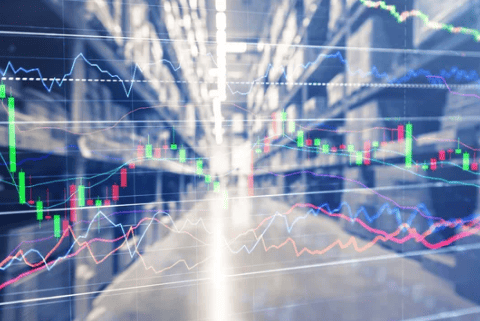This Ain’t Your Parents’ Inventory Cycle

Speculation has been mounting that the inventory cycle is back. Profit warnings by major American companies such as GAP, Walmart, and Target that had taken on excess inventories and now needed to run them down raised concerns that a concerted drawdown of stocks could make a likely U.S. recession worse.
If history were to repeat itself, that could be bad news. Alan Blinder, the former Governor of the Federal Reserve System, famously remarked that “the business cycle, to a surprisingly large degree, is an inventory cycle.” In the eight U.S. recessions between 1945 and 1982, falling inventories accounted for almost nine-tenths of the fall in GDP.
But while changes in inventories frequently amplified the economic cycle in the past, that relationship appears to have weakened over time. Since the 1960s, changes in private sector inventories have tended to account for less of the total fall in GDP during recessions.
From the 1980s up until the 2008-2009 global financial crisis (GFC), firms tended to hold smaller levels of inventories. Technological advances enabled a just-in-time model of inventory management that minimized the time between the delivery of inputs and the production of goods.
Major shocks over the past years—including the pandemic and the Russia-Ukraine war—have prompted a significant rethinking in that decades-long trends in inventory management.
Since mid-2020, manufacturers have built up inventories at record pace to meet surging goods demand, as well as in response to bottlenecks in the supply of intermediate inputs. The high levels of inventories mean there is ample scope for a drawdown as demand slows.
There are reasons to suspect, however, that higher inventories do not necessarily augur a coming period of substantial destocking. High frequency survey evidence suggests that many firms are comfortable with their current stock levels. More than 80% of manufacturing businesses thought their inventory levels were about right, or even too low, according to an Institute for Supply Management report in February 2023.
The Case for Just-In-Case
This strongly indicates that companies have shifted toward a preference for holding higher levels of stocks. Many firms navigated the pandemic environment, which saw material shortages, soaring shipping costs, and rising input prices, by accumulating inventories with a “just-in-case” rather than “just-in-time” attitude. The survey findings may indicate that such motives have some staying power.
Our latest macroeconomic forecast shows a mild U.S. recession in 2023, one that lasts two quarters with a historically small peak-to-trough contraction of 1%. We do expect change in private inventories to pull down headline GDP growth in the first quarter of 2023, but this is largely a mechanical reversal of the large positive contribution that inventory build-up made in the fourth quarter of 2022, which should be more than made up for by positive investment and consumption.
We also expect to see negative contributions of inventories in Q2-Q4, albeit much smaller ones than in Q1, as firms do undertake a degree of destocking. However, the scale and impact on economic activity should be relatively limited. In Q3 we expect inventories to contribute only about one-fifth of the total contraction in economic output, and in Q4 we expect the impact to in fact be positive as the extent of firm destocking declines.
The peak-to-trough contribution of inventory changes to GDP growth would be in line with the experience of 2000, when the United States experienced a similarly shallow recession where inventory drawdowns played a small role in the downturn.
Our view is that the modest contribution of changes in inventories, despite their historically elevated level relative to demand, is consistent with firms wanting to maintain higher safety buffers than they did in the past in response to their experience with pandemic-related disruptions and recent geopolitical events. This will limit the scope and drawdown of inventories, and thus the economic impact, over the duration of the expected looming contraction.
